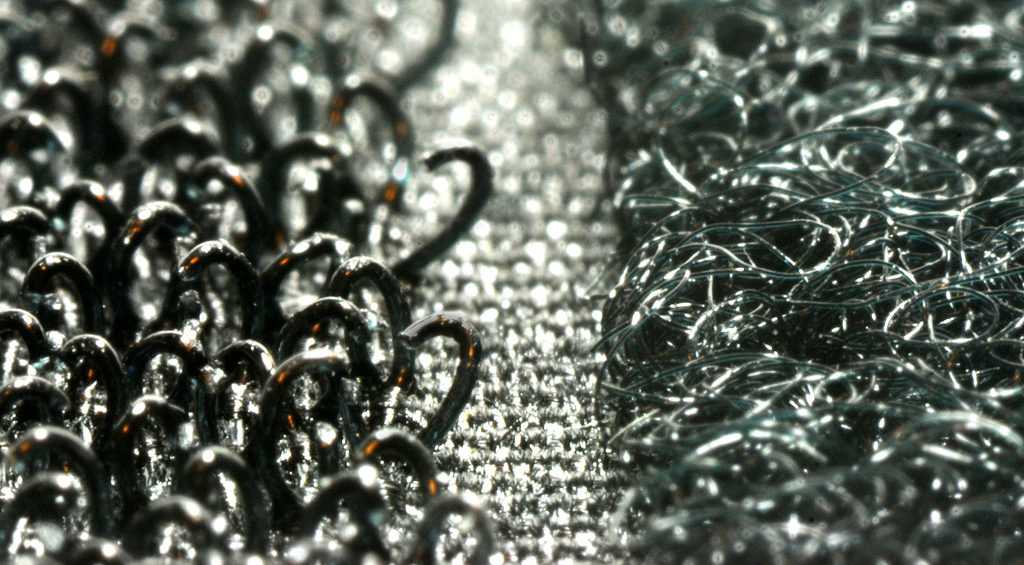
Biomimicry is learning from and then emulating nature’s forms, processes, and ecosystems to create more sustainable designs. Mother Nature is already the inspiration for countless products and designs ranging from Velcro copied from plant burs to the shape of wind turbines modeled after whale fins. There are wetsuits inspired by beaver pelts and office buildings that copy termite dens. Increasingly, innovators are looking at nature for designs in architecture, chemistry, agriculture, energy, health, transportation, computing, and even for the structure of organizations and cities.
Biomimicry has become a mainstream discipline. You can get a Masters or PhD in it. There are dozens of documentaries on the subject and four academic journals devoted to it. There are more than 200 centers focused on the subject at prestigious institutions like Harvard. A 2010 economic study predicted that biomimicry could represent $1 trillion of global gross domestic product by the year 2025.
There are many ripe opportunities for biomimicry across multiple industries. In agriculture, the use of so-called mutualistic organisms that help feed and water plants, keep them safe from pests, and encourage their growth represent a path away from chemical fertilizers and pesticides. This approach is known as the Wood Wide Web.
Biomimicry is a key element in building the so-called circular economy. A proposed alternative to the current “take, make and dispose” extractive industrial model, the circular economy is designed to be restorative and regenerative. Relying on system-wide innovation, it aims to redefine products and services to design waste out, while minimizing negative impacts. The idea is to have the economy work the way ecosystems work.
**********
Web Links
Biomimicry = Return on Inspiration
Photo, posted May 31, 2009, courtesy of Hadley Paul Garland via Flickr.
‘Biomimicry is Big’ from Earth Wise is a production of WAMC Northeast Public Radio.
Leave a Reply